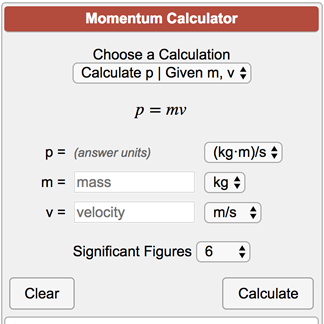Do you have any idea what having a 3 inch diameter cavity suddenly appear in your chest cavity due to absorbing hundreds of joules of energy inside it (before retracting) in the space of a second does to the human body?
Here is a good discussion:
Terminal ballistics: The wound cavity
Arteries dont exactly like stretching 3 whole inches. Organs get ripped out of housings in this cavity, or split or pulped. Connective tissue is torn. Organs are displaced.
Some organs (the brains, liver, kidneys, heart, spleen) are very inelastic. Some are very elastic (most muscle and bowel tissue) and will stretch and snap back relatively unharmed barring capillary damage.
You're acting like that rapidly displaced tissue just moves a few inches in every direction, and then falls back nicely into place around the wound channel unharmed.
That's not what happens. Depending on what tissue is getting rapidly displaced, the effects of a temporary cavity suddenly appearing in your chest or abdomen can be devastating.
Also dont forget the issue of penetration. Most thrusting sword attacks with swords we see on ballistic gel rarely penetrate more than 4-6 inches or so at max, and dont have a ribcage and spine to deal with in addition to the tissue. Bones are no issue to a musket ball, which smashes right through them in a way a sword thrust simply cant.
Yup. Just what I figured.
1: The 3 inch diameter cavity presumes almost 3k Joules. Muskets didn't typically reach that except under ideal conditions. The average speed -you- provided is 300m/s, just about half the Joules at 1,440. So the damaged tissue channel would be commensurately smaller.
2: Individual components of the human body are inelastic. But they're generally attached to elastic stuff unless it's muscle on bone. naughty word can get pushed around inside your body pretty easily. Obviously not your brain, but whether it's a bullet or a sword to the brain you'll have to be very lucky to survive.
3: For the artery to stretch "3 whole inches" in the example the musketball would've had to pass through it. Meaning it has no need to stretch because it is severed. Most would be pushed to the side by the pressure wave, and at most move 1.4 inches. Whether that's laterally or vertically.
4: I have explicitly expressed that there will be damage to displaced tissues. However I've also explicitly expressed that it won't be "Destroyed". As a corollary, check out number 5, here!
5: The Temporary Cavity isn't "Devastating". The Temporary Cavity shows the elasticity of the medium. The PERMANENT Cavity shows the actual damage caused by the rapid cavitation. Any torn arteries or "Destroyed" organs are part of the Permanent Cavity.
6: I already posted a video which is explicitly focused on the topic that Ballistics Gel is a bad testing medium for Edged Weapons. And went over the reasons why. Another post you've ignored.
Even if we WERE worried about the "4-6 inches" of penetration (Giggity) the post that you quote-mined one tiny piece out of expressed that the heart is less than 3 inches from the surface when accessed by going under the ribcage, or 1.2 inches if you're going through it. And thanks to bones being -rounded-, any force that doesn't meet the flat of a rib, entirely, is going to deflect between the ribs and... you guessed it, into the lungs and heart!
That's assuming, of course, it doesn't just break or cut the rib. (Which swords are absolutely capable of, by the way)
Liver and Kidneys are also -right there- just under the skin and facia. Spleen, too. So your Ballistics Gel 4-6 inches thing is irrelevant on multiple levels!
Like. Seriously, Flamestrike. Are you reading my posts or do you just kind of skim for something you think you can handwave and ignore the rest?




